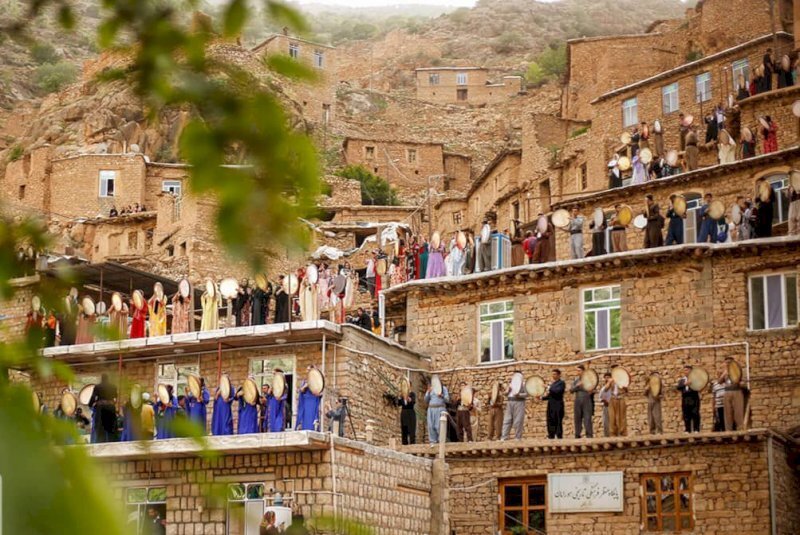Conference discusses sustainable development in Uramanat

TEHRAN – A host of researchers and academics have come together in a two-day international conference discussing sustainable development goals in the UNESCO-registered Uramanat, which is situated in western Iran.
Organized by Kermanshah’s Razi University in collaboration with the province’s Cultural Heritage, Tourism, and Handicrafts Department in collaboration with, the conference commenced on Saturday.
The conference is planned to explore the region’s history, archaeology, handicrafts, cultural heritage, literature, local dialects, geography, environment, tourism, art and culture, urban planning, economics, architecture, employment, and sustainable development, according to organizers.
Furthermore, the event is aimed to introduce and identify the capacities of the World Heritage site to the global community.
Uramanat is home to dense and step-like rows of houses in a way that the roof of each house forms the yard of the upper one, a feature that adds to its charm and attractiveness.
Stretched on the slopes of Sarvabad county at the heart of the Zagros Mountains, and shared between the provinces of Kordestan and Kermanshah in western Iran, the Uramanat cultural landscape embraces hundreds of villages, 106,000 hectares of land, and 303,000 hectares of surrounding properties.
Archaeological findings dating back about 40,000 years, caves and rock shelters, ancient paths and ways along the valleys, motifs and inscriptions, cemeteries, mounds, castles, settlements, and other historical evidence attest to the continuity of life in the Uramanat region from the Paleolithic to the present time.
According to the UN body, Uramanat is an exceptional testimony to a cultural tradition of the semi-nomadic agropastoral way of life of the Hawrami people, a Kurdish tribe that has resided in the Zagros Mountains for millennia. This outstanding cultural tradition is manifested in the ancestral practices of transhumance, the mode of seasonal living in Havars, steep-slope terraced agriculture, soil and water management, traditional knowledge for planning and constructing steeply terraced villages, and rich diversity of intangible heritage, all reflecting a harmonious co-existence with nature.
The Islamic Republic expects to reap a bonanza from its numerous tourist spots such as bazaars, museums, mosques, bridges, bathhouses, madrasas, mausoleums, churches, towers, and mansions, of which 26 are inscribed on the UNESCO World Heritage list.
AFM
